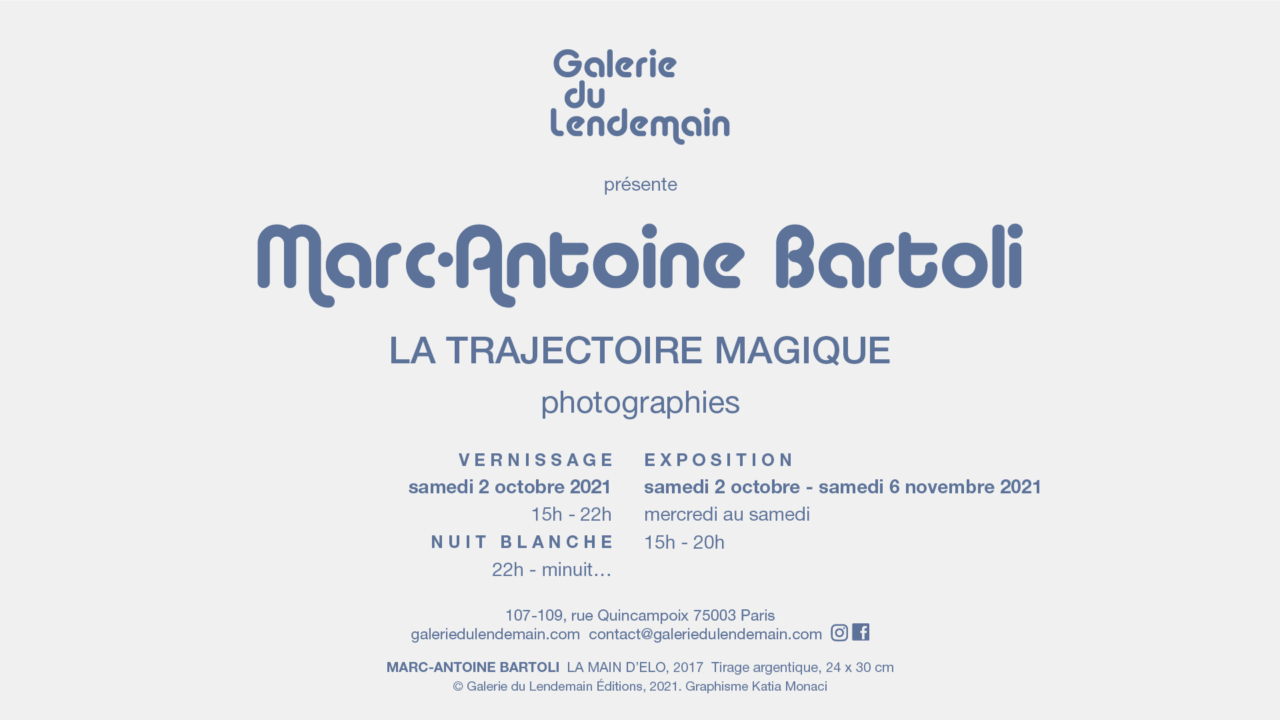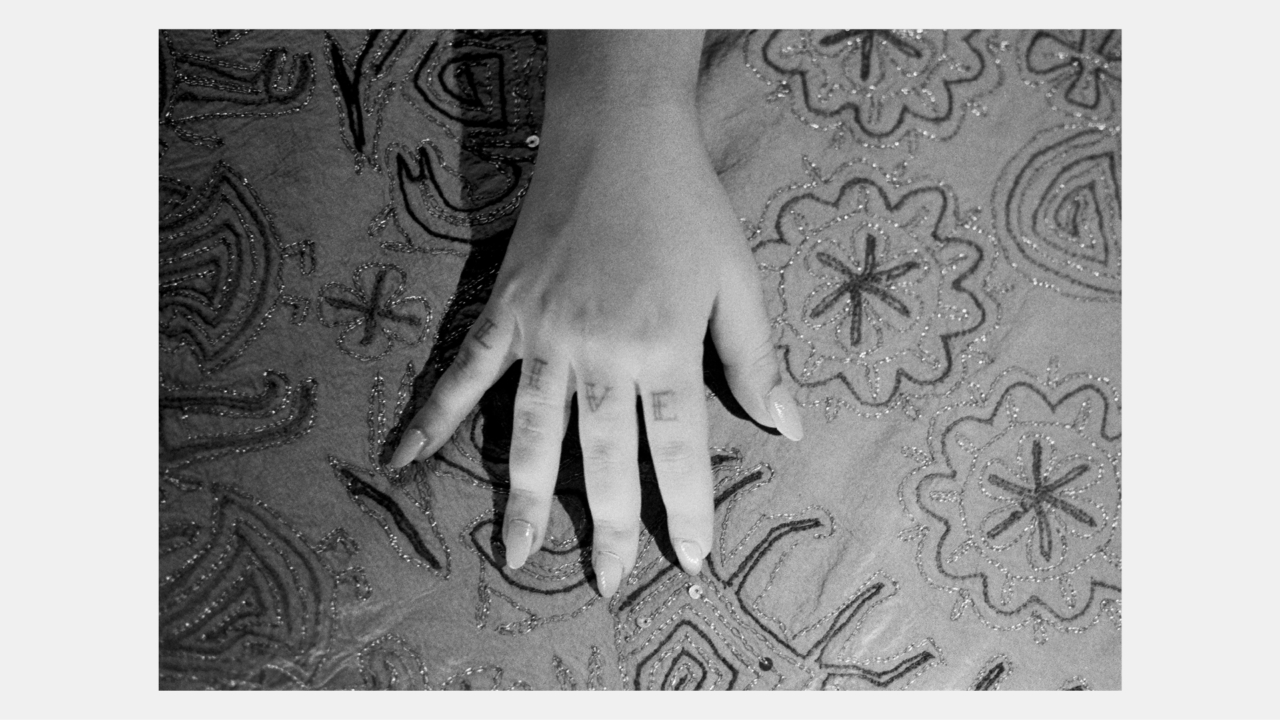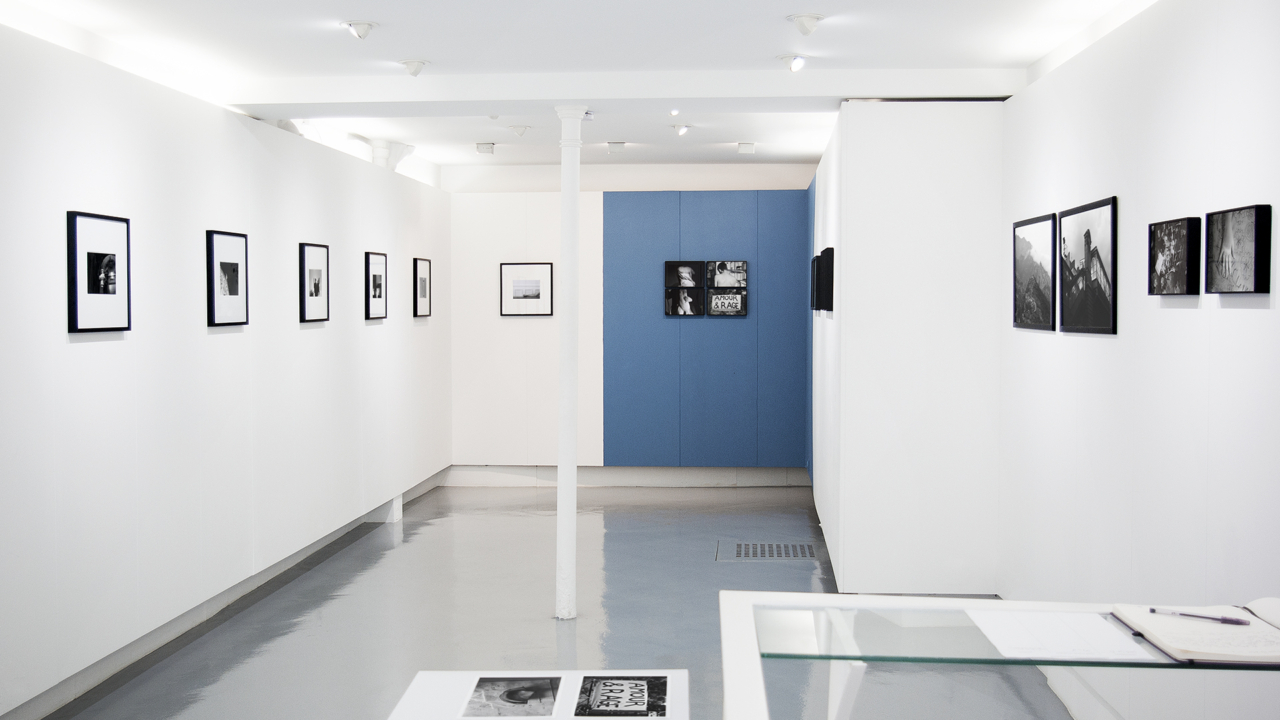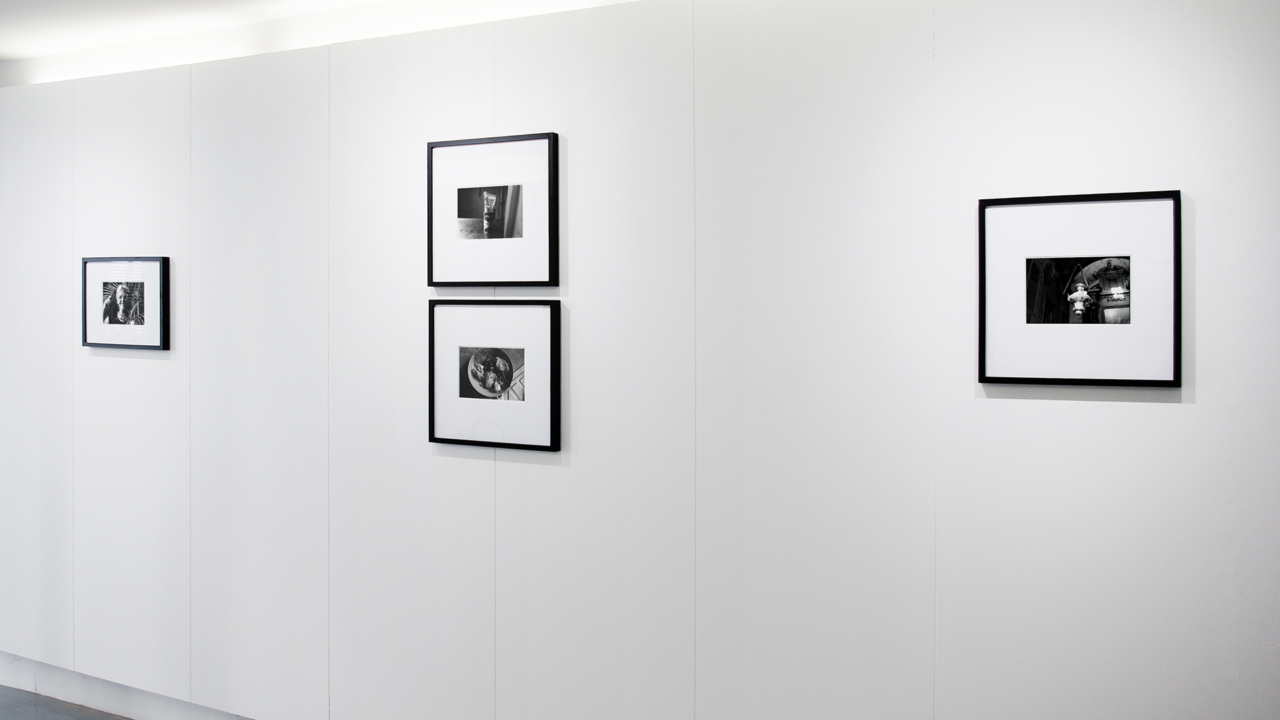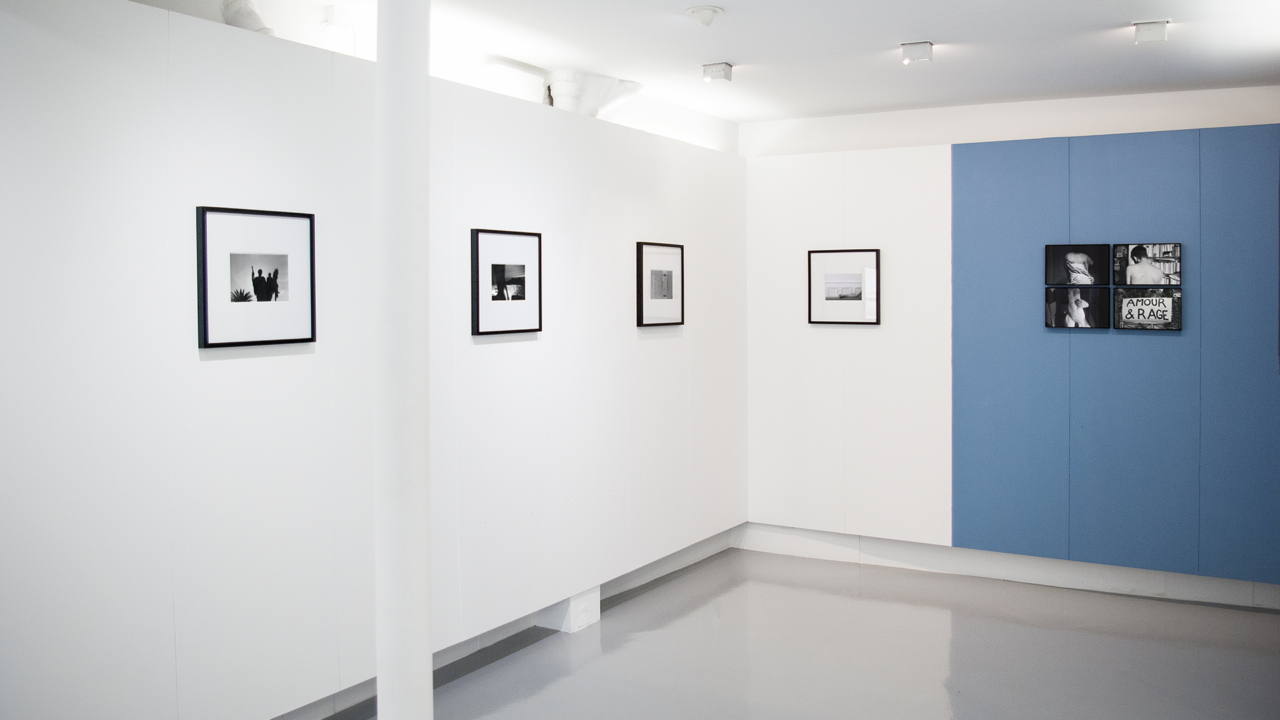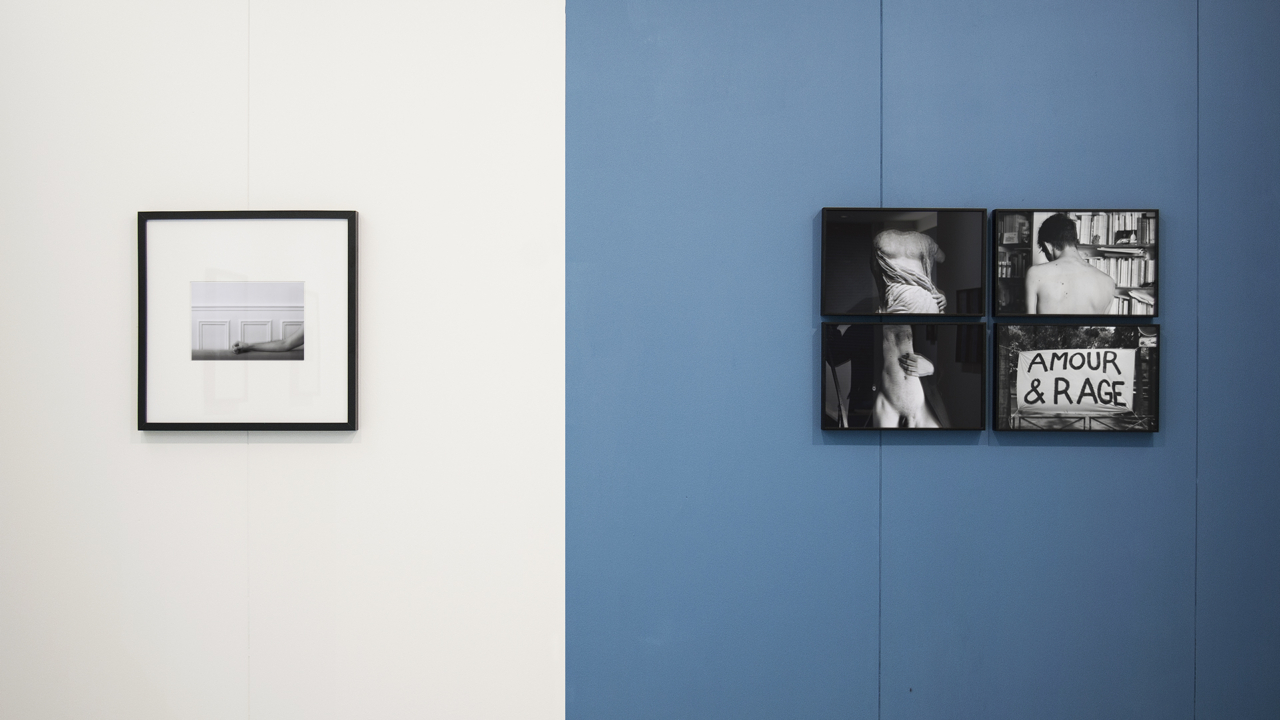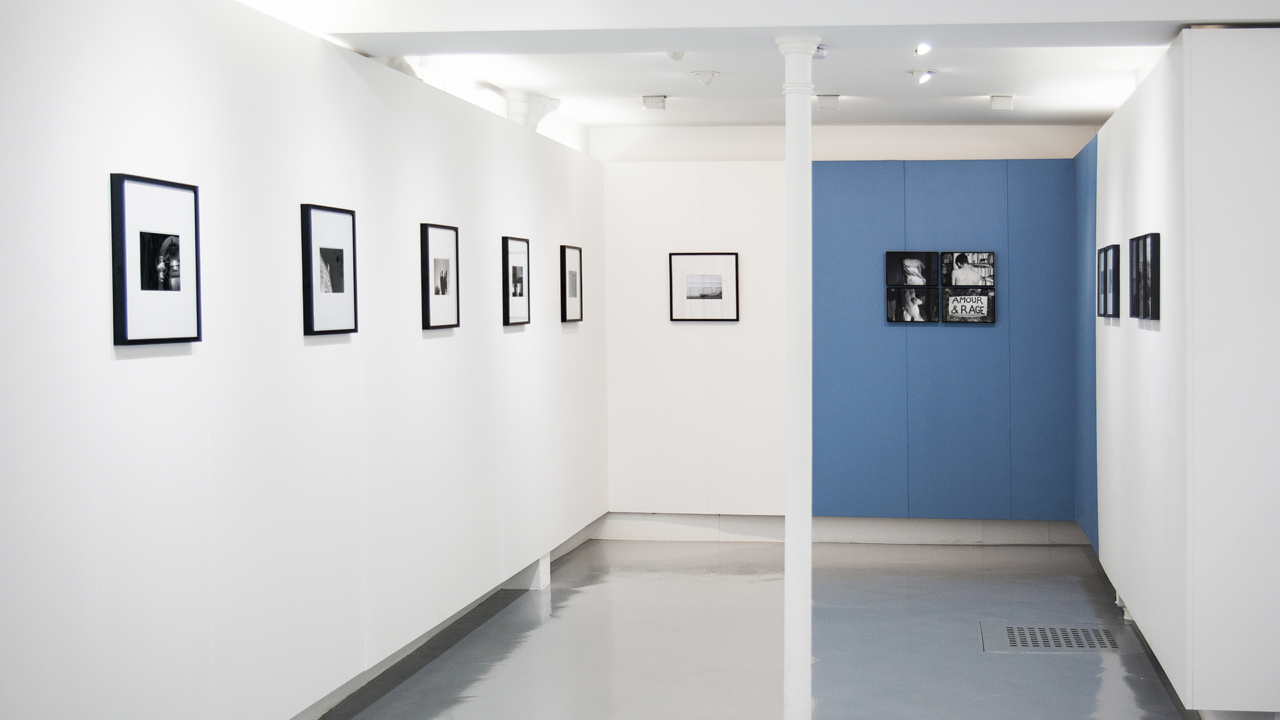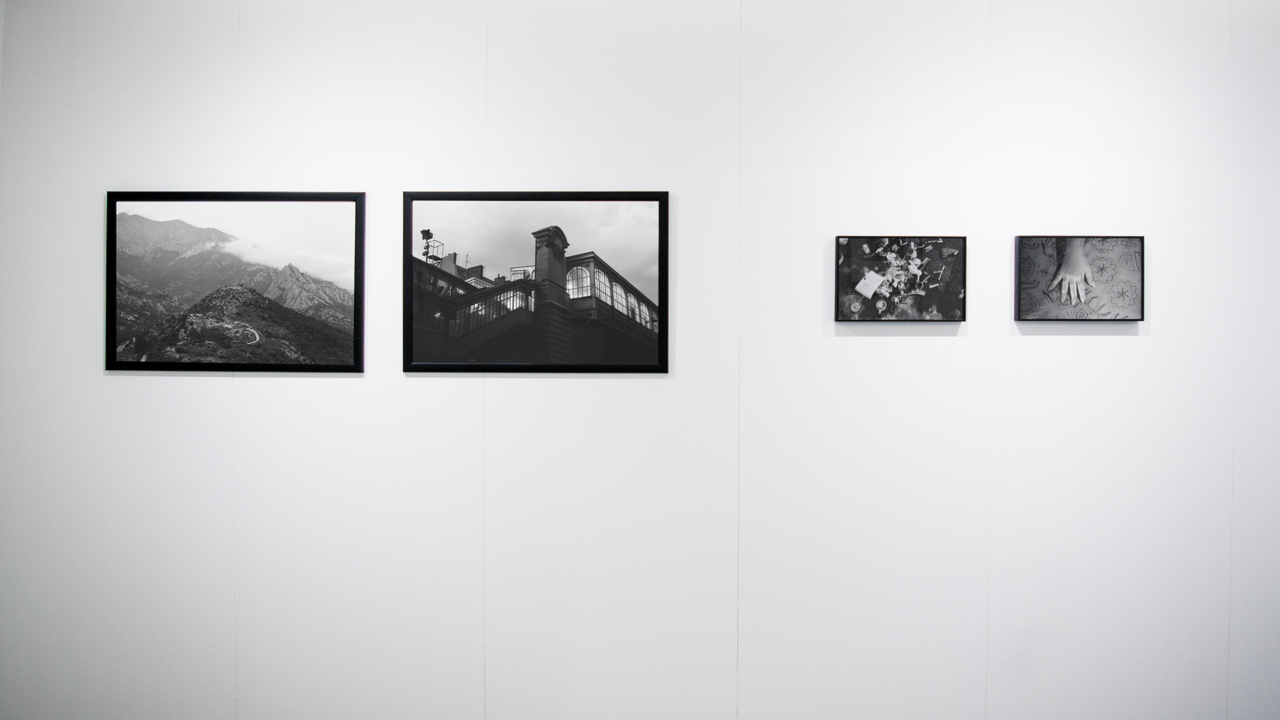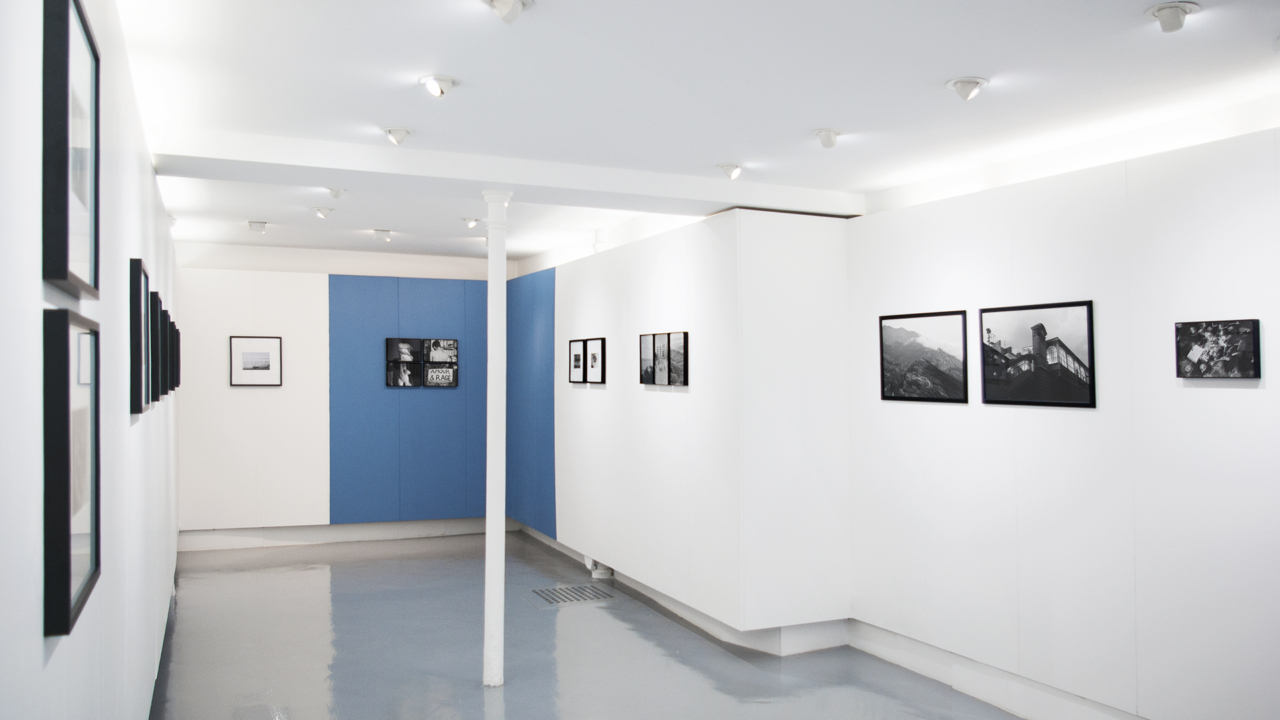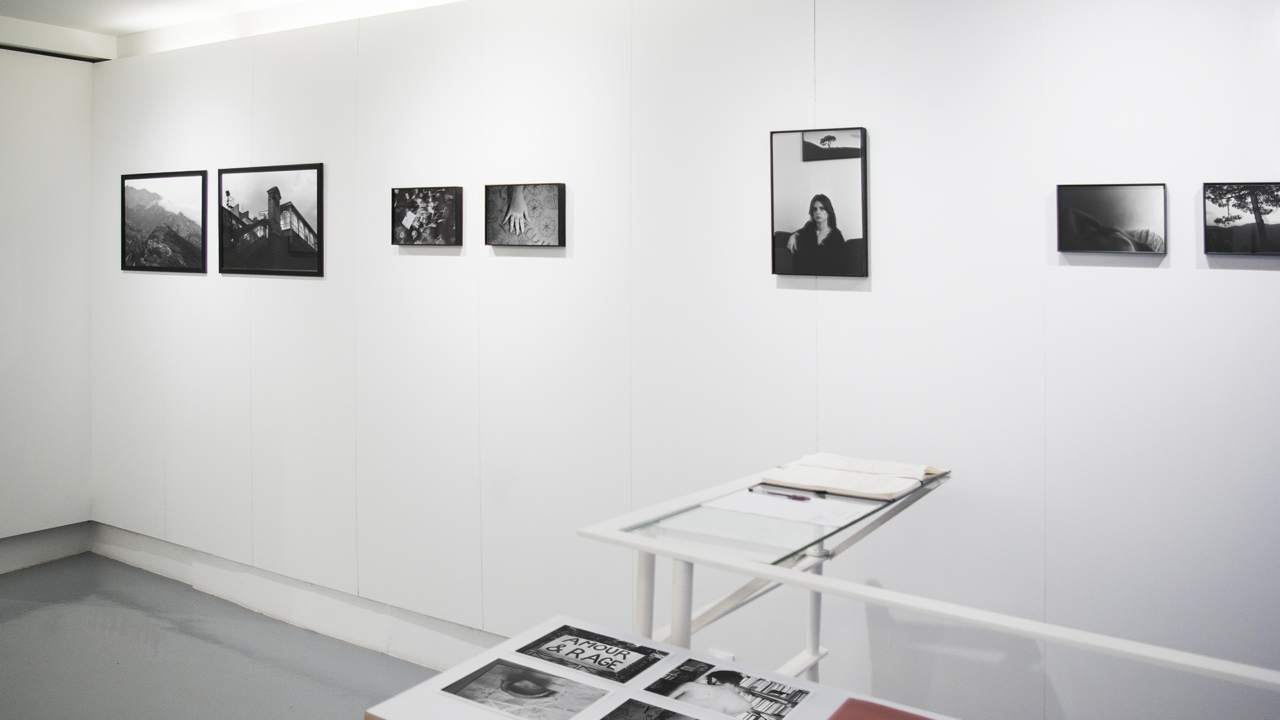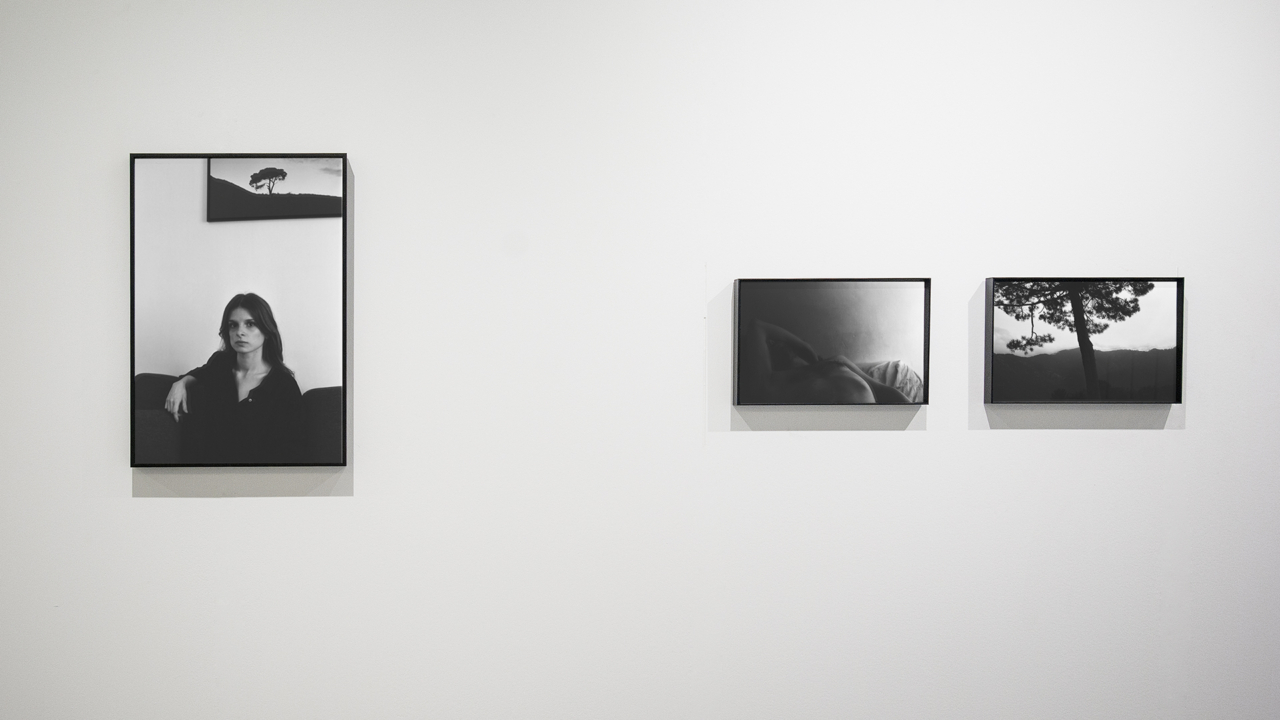LA TRAJECTOIRE MAGIQUE
MARC-ANTOINE BARTOLI
photographs
October 2 – November 6, 2021
LA TRAJECTOIRE MAGIQUE is the product of a photographic stroll that stretches from 2017 to 2021. The series, inspired by Joan Didion’s book, The Year of Magical Thinking (2005), fragments small and large stories into as many independent traces and collects the obsessions of the photographer. As in this essay, it is a question here of grasping the situations and the figures before the memory does not transform the experience.
Marc-Antoine Bartoli thus gleans clues in a poetry of everyday life that is given to whoever wants pay attention to it. From Ajaccio to Paris, the trajectory of the photographer, his life and his encounter with phenomenon’s where temporalities mingle and tensions crystallize political, social and emotional. Significant links are woven through photography. A statue Emperor Napoleon’s conqueror resonates with the wild, sometimes hateful, graffiti of the walls of the port. These connections make possible, for a moment, the feeling of perceiving the time at work, to touch the non-event where nothing happens but everything is played out. In deserted landscapes, and by skillful metonymic shifts, the attention to detail triggers sudden generalities, the echoes lurking in the images.
Here, the bodies too are often suggested by their passage. This poetry of the transitory, is that, intrinsic to the photographic medium, of life and death, of what remains and what disappears. With her, it is all the tensions of Corsican culture that the artist transmits to us: the tension between the sacred and the tradition, the will to extract oneself from it in order to better analyze it. Everything is played out in the ellipse: the hollow of a consumed fruit or the antipostcard from Cape Roccapina at dusk. With this fragmentary composition, the photographer opens a breach into which is engulfed all the myths and ghosts that inhabit the spaces traveled. Magic, the trajectory disturbs the borders of near and far, current and historical, real and mythological. In this sense, tutelary female figures arise for him as well as for those who project themselves into these images: Babeth and Danae; godmother, friend, fairy or goddess.
Self-writing, a stumbling block between intimate history and belonging to the world, succeeds by its economy and by the sobriety of black and white to open the field of the intimate to the context in which it fits into, touching with it something of permanence and authenticity.

